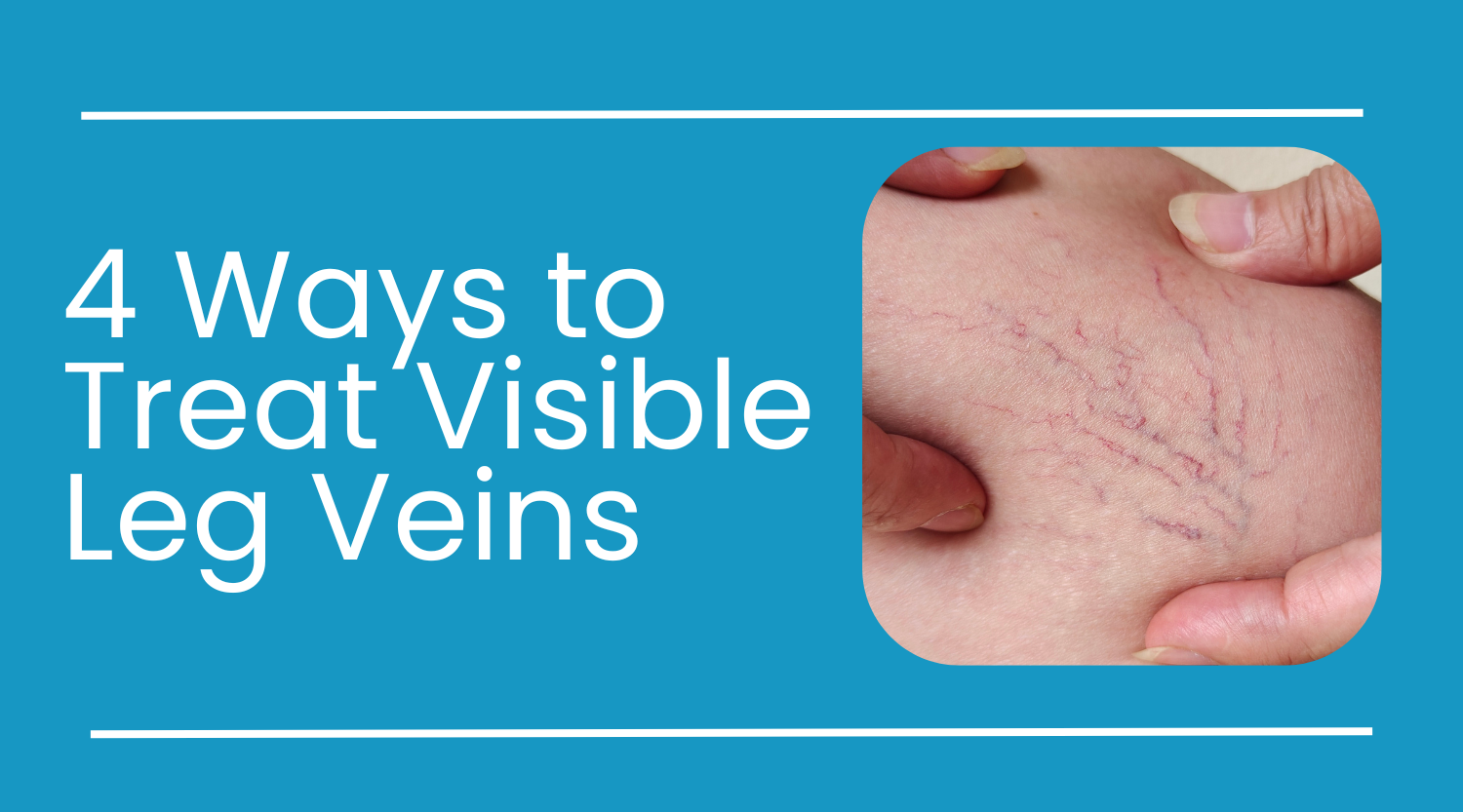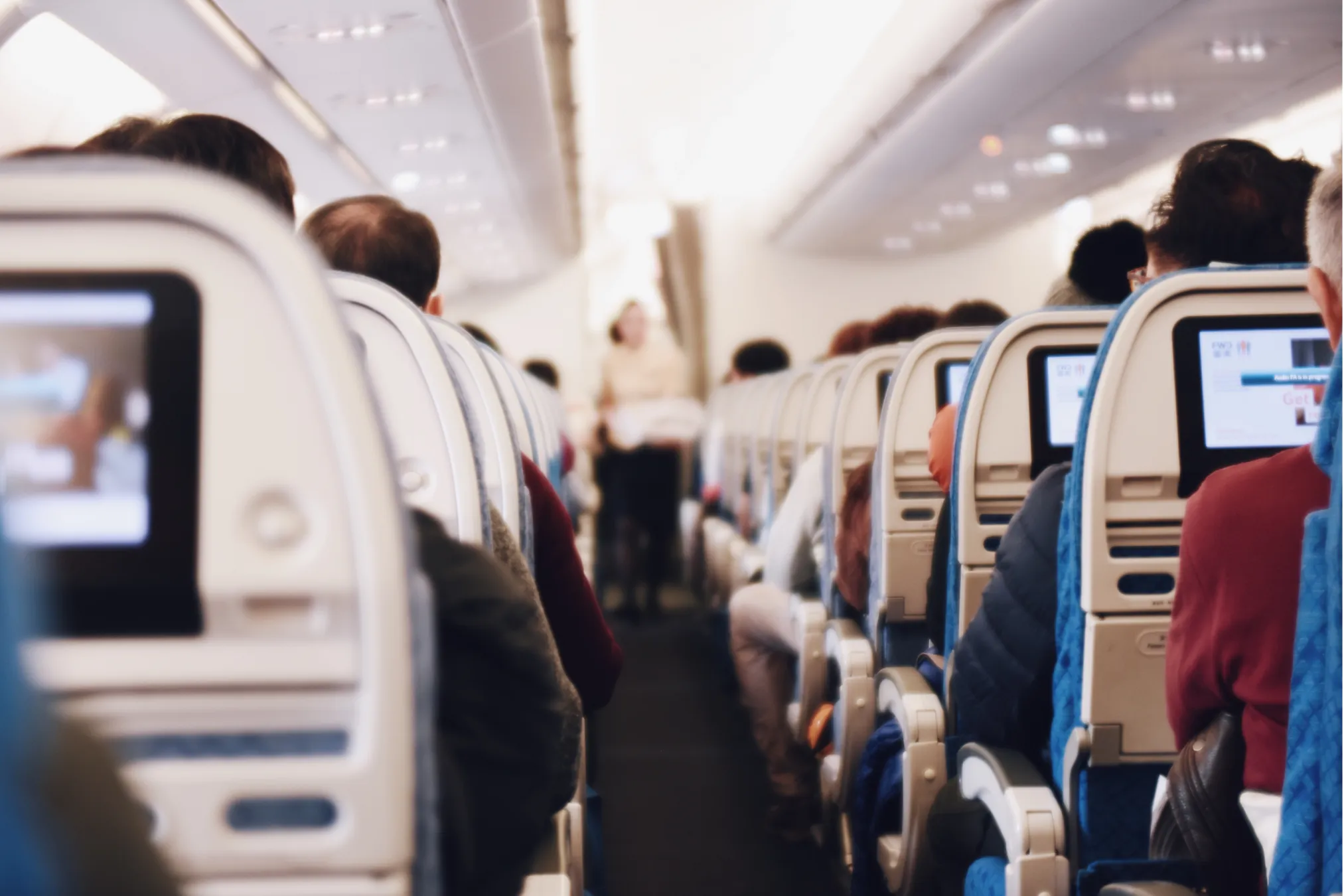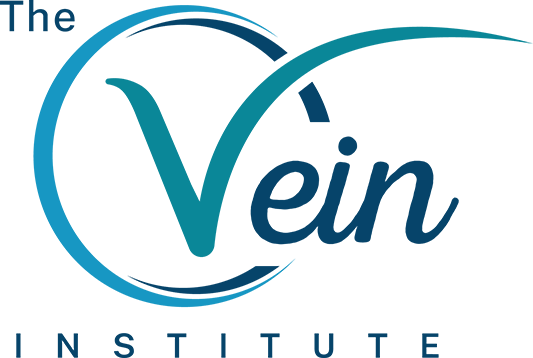
Have you been noticing spider or blue veins appearing on your legs? While some leg vein conditions may be cosmetic, others can be symptoms of severe vein problems. Varicose veins, in particular, can cause pain, discomfort, and other health issues if not treated properly. Spider veins, however, do not pose the same health risks as varicose veins and are more easily managed.
Old-school vein-stripping surgery (manual removal of problematic veins that requires weeks of recovery) has now been replaced with quick, non-invasive procedures that are performed in a shorter amount of time with much less recovery needed. Here are a few ways you can treat those sneaky spider veins from short-term fixes to long-term solutions.
Covering Leg Veins With Tanning and Color-correcting Lotions
For a quick solution, new self-tanning lotions are making use of color-correction technology to better blur everything from veins to cellulite, all while also delivering a believable summer glow. These lotions can do a great job temporarily blurring trouble areas, but for a more permanent solution, we recommend one of the following procedures.
Sclerothrapy
Sclerotherapy is a minimally-invasive procedure that causes spider veins to fade away instantly. A mild liquid solution called a sclerosant is injected directly into the vein. The vein immediately shuts down and disappears, and blood is rerouted to healthy, adjacent veins. Sclerosants vary, but there are different types for various skin tones to help avoid hyperpigmentation. Depending on the number of veins treated, injections can take anywhere from 5 to 30 minutes with little to no downtime. Follow-up injections may also be needed if the vein is still visible. Compression socks should be worn all day, except bedtime, for up to two weeks post-treatment.
Sclerotherapy is a fast, relatively painless option to banish spider veins, and it is still considered the gold standard. Two to three sessions spaced six to eight weeks apart are usually recommended, you’ll likely notice temporary hyperpigmentation (called hemosiderin) around the treated areas, which eventually fades, but can take sometimes take months to do so. Treated veins are gone for good, but it is possible for new spider veins to form.
Laser Therapy
Laser treatment is an alternative treatment for patients with needle phobias or sclerosant allergies. When spider veins are small and superficial, diode lasers can be set to any diameter to precisely target pigment in the veins, cause coagulation and destroy them. The treatment feels like a rubber band snapped against the skin and usually takes 15-30 minutes, depending on the number of veins that are being treated and the density of each vein. The veins may darken for several weeks following the procedure, but they will vanish entirely as the body reabsorbs the blood cells.
Sclerotherapy vs Laser Therapy
In a study by the Washington Institute of Dermatologic Laser Surgery in Washington, D.C. researchers compared results of sclerotherapy treatment against those of long-pulsed Nd: YAG laser treatment in 20 patients with size-matched spider veins in the lower extremities. Patients received two consecutive monthly treatment sessions with sclerotherapy on one leg, laser on the other. Results were evaluated at each session, then followed up at one and three-month intervals.
Results showed that spider veins responded best to sclerotherapy and that improvement took fewer treatment sessions with sclerotherapy than with laser treatment.
“Despite advances in laser technology for the treatment of lower extremity telangiectases [spider veins], sclerotherapy continues to offer superior clinical effect in the majority of cases,” the study report reads.
Laser treatment, however, is useful in treating small spider veins on the face and chest. Sclerotherapy poses a risk of ophthalmic vein thrombosis (blindness) when used near the eyes, so it is not used to treat facial veins. Laser treatment also is an alternative treatment for patients with needle phobias or sclerosant allergies.
Endovenous Laser Ablation
For large varicose veins, a laser procedure must be performed to close them and completely remove them from circulation, keeping blood from pooling. Endovenous laser ablation (EVLA/EVLT) has replaced traditional vascular surgery and uses laser energy to burn and seal abnormally large veins in the legs without any pain, downtime or need for hospital surgery. While placed under local anesthesia, a small incision is made just above the vein, and a tiny laser fiber is placed inside. The laser heats up within the vein, which causes it to shrink, collapse and eventually be absorbed by the body. A mini phlebectomy, which removes other branches of the faulty vein without any stitches or scars, is then performed.
For thick or bulging varicose veins, sclerotherapy and laser treatments won’t do the trick. A 25 to 30-minute endovenous laser ablation procedure delivers immediate results and doesn’t require any significant downtime or compression hose. Legs are wrapped in bandages overnight, which are removed the next morning. Normal activities can be resumed the same day. Slight redness and soreness is expected and can be managed with over-the-counter pain medicine.
Frequently Asked Questions

IAC Accredited Vascular Testing
We are proud to be distinguished as an IAC Accredited Vascular Testing Facility. The Vein Institute adheres to the strictest national guidelines for vascular testing, demonstrating a commitment to the highest quality patient care.
Air travel involves more than just dealing with flight delays, lost luggage, or the risk of contracting diseases. Long-haul flights can also increase the risk of developing blood clots. The estimated incidence of blood clots among airline passengers is approximately 1 case per 4,650 flights longer than 8 hours. Blood clots, or thrombosis, are blood […]
During hot summer weather, the symptoms of varicose veins tend to worsen, causing more pain and inflammation. About 24 million Americans suffer from vein issues, and the high temperatures can exacerbate these conditions, leading to discomfort and swelling. How can you keep your varicose veins from worsening when the weather gets warmer? At The Vein […]





